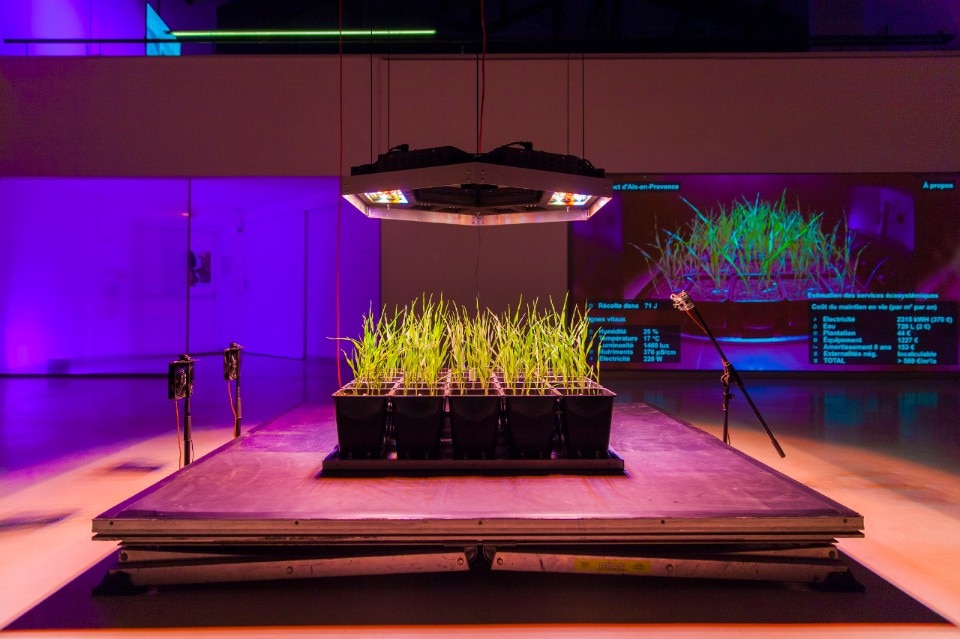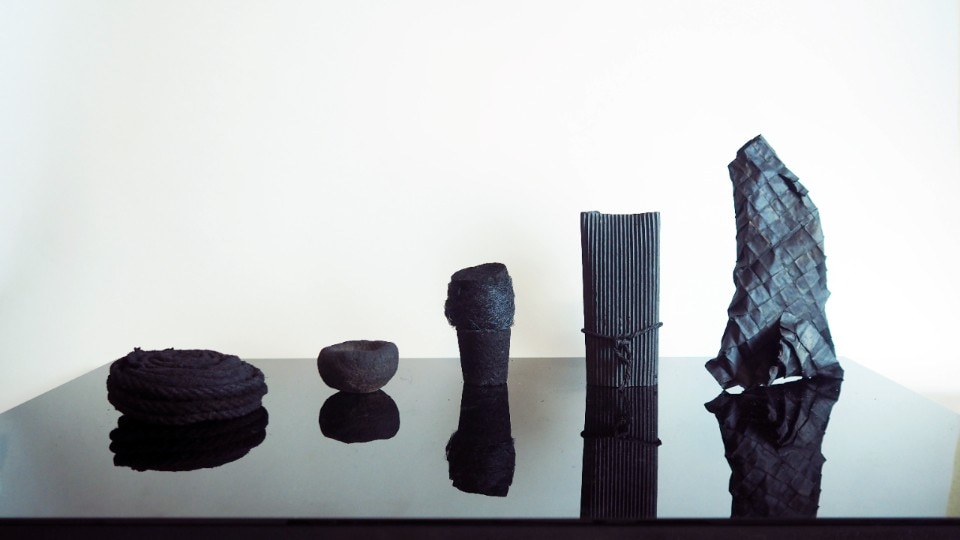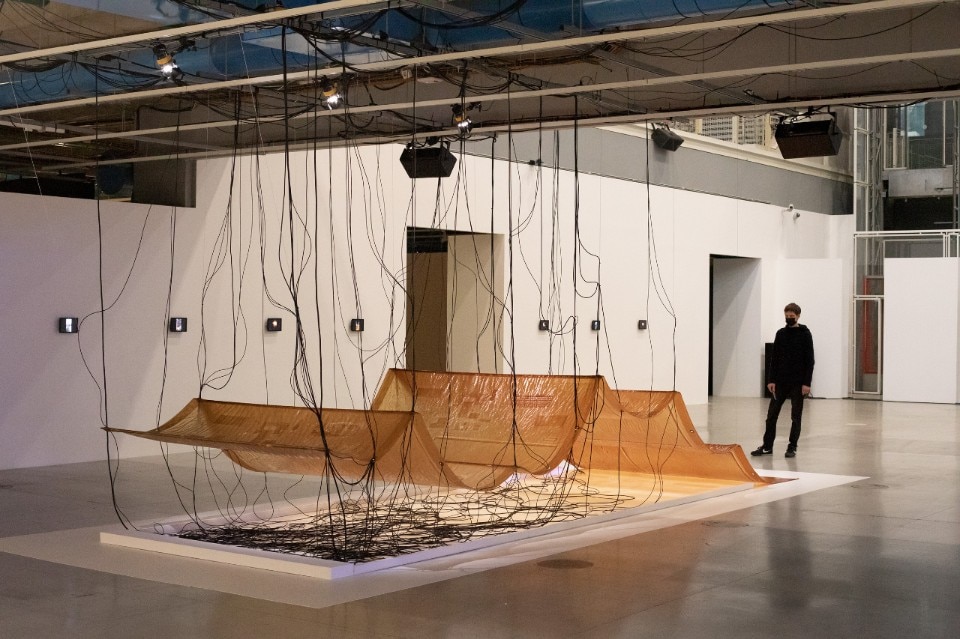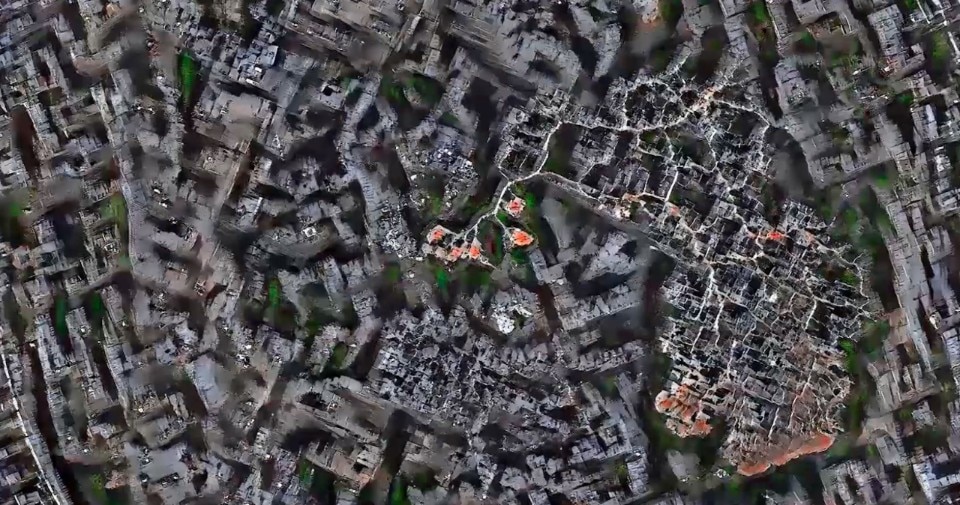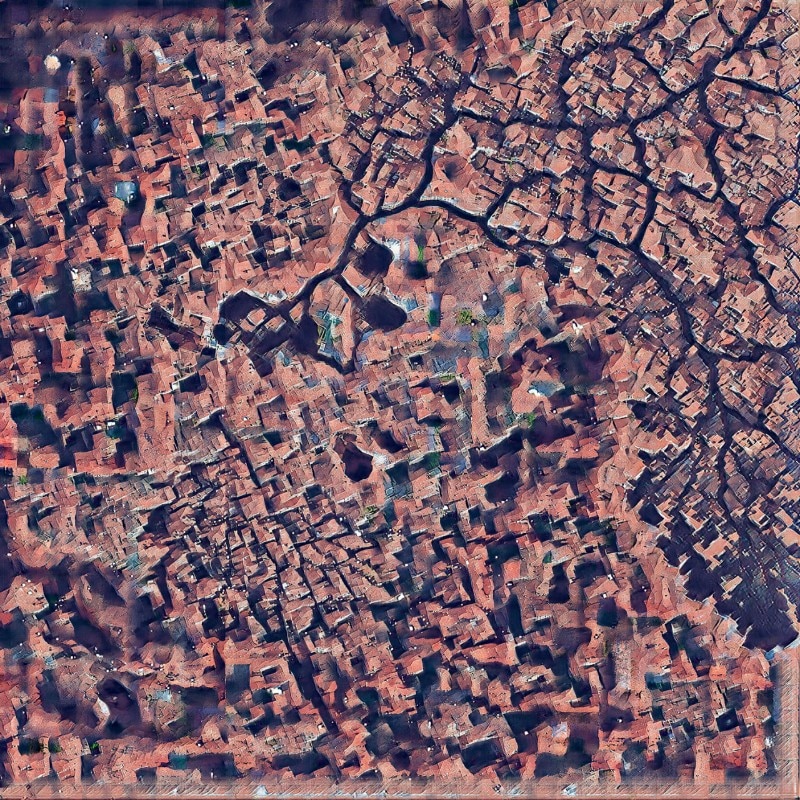We propose exclusively for Domus, divided into four episodes, a debate that took place in the form of an exchange of letters between Marco Petroni, Ani Liu, Giovanni Innella and Emanuele Quinz on the future of design, entitled Black Box Design. Here the third article written by Emanuele Quinz.
Criticism has infiltrated design. Although very often theoretical infiltrations from other disciplinary fields such as philosophy, anthropology and the humanities remain superficial and instead of provoking in-depth discussion, they remain in a state of undiluted suspension, like foreign bodies. On the other hand, criticism in philosophy, anthropology and the humanities too often fails to take design into account, even though it is considered as the instrument of human action on the environment.
Contrary to what one might think, tools are not neutral, not only does the materiality of things always induce agency, but the forms are always connoted: design is a set of culturally constituted practices that connect objects, behaviors and values. In this sense, today, at a time when there are increasing warnings of a planetary crisis, which is both ecological and social, I think it is important to go back in order to better understand the present and work better for the future.
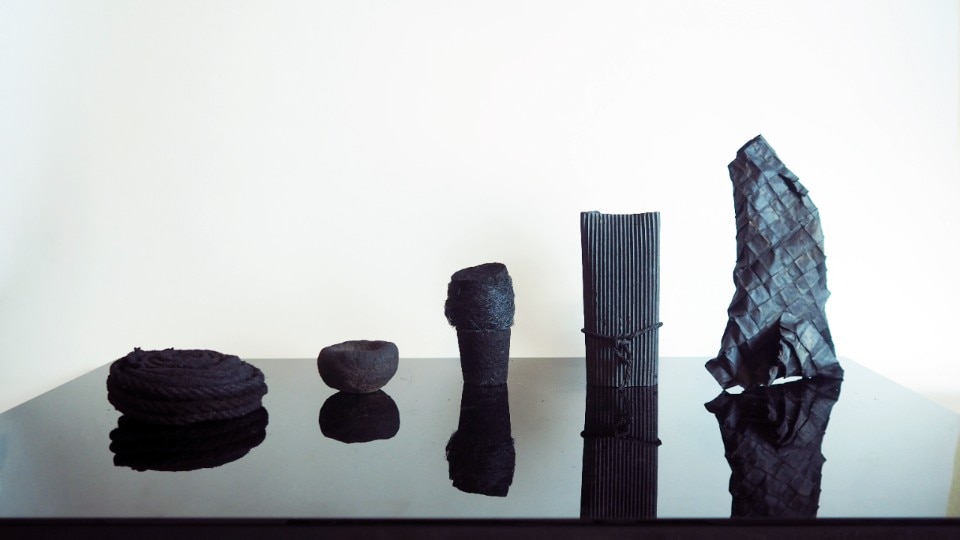
All too often criticism, which is always crisis thinking, driven by the urgency of the situation, shirks the fundamental task of historical scrutiny. It simplifies out of necessity and tends to compress the polyphony of voices into a homogenous discourse, into easily understandable slogans, while the issue is complexity. All this is well known, Marcuse already posited in One-Dimensional Man: “just as social philosophy can only be a theory of history, so too criticism cannot assume a merely speculative position, but must be constituted as a historical position, defined by the specific context of a society, and fulfilled by social change”.
The theories of the Anthropocene or the Capitolocene are theories of history. This is why they cannot fail to include the historical contribution of design in their analysis.
Certainly, the theories of the Anthropocene or the Capitolocene are theories of history. This is why they cannot fail to include the historical contribution of design in their analysis. In this sense, I think it is important to reread today, in the light of the theory of the Anthropocene, the first attempts to connect the ecological crisis with design, on the one hand fixing its responsibility – not only technical but also ideological – and on the other trying to identify the margins of manoeuvre to give impetus to social change. I am thinking in particular of Papanek’s Design for a Real World and Tomas Maldonado’s The Hope of Design, two books that came out in 1970.
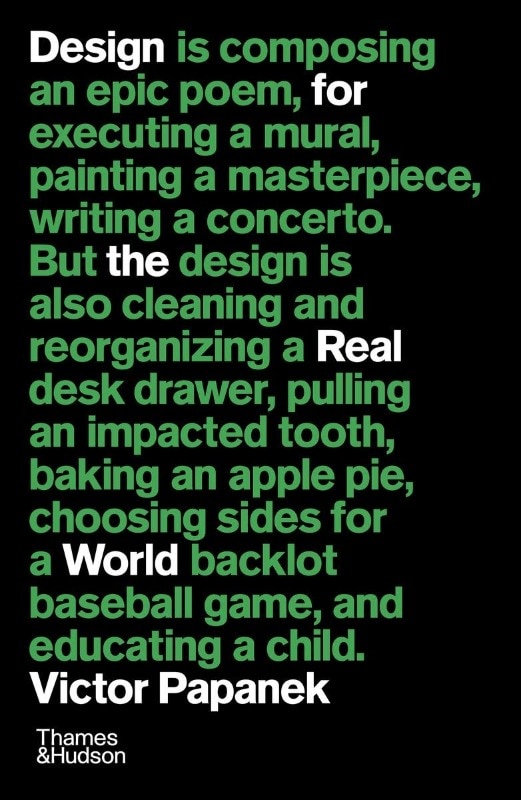
If you look closely, the radical alternative that Bruno Latour proposes today, “entre moderniser et écologiser” (between modernizing and ecologizing, ed.) was already posed then, in almost the same terms. So it is important to ask ourselves what has changed and what has not. We are no longer in the industrial era, in the consumer society, in the society of spectacle. So, where are we? If the answer is we are in the Anthropocene – then we are obliged to widen the focus, to move from a small scale to a geological scale. This means somehow getting out of human temporality, out of the scale of a human life or a generation, and starting to think on a non-human scale.
Perhaps the novelty is precisely this then: the challenge to start thinking about the world not with human categories, not with human values. But by considering man as one of the entities that cohabit on earth. In other words: to come out of anthropocentrism, as the object-oriented philosophies or the anthropologies of animism call for – but is it possible? Is it possible for man to come out of himself, and think like non-humans? Is it wishful thinking? Or, precisely because it is impossible, must it become a moral imperative and the basis of a political project? Credo quia absurdum, says a Latin motto, attributed to Tertullian. Precisely because it is impossible to escape from anthropocentrism, we must do so. And at the same time, we need to include design in this reflection. Does getting out of anthropocentrism mean reducing or renouncing design? Is it possible to conceive design beyond the human?
Emanuele Quinz is an art historian and curator. An associate professor at Université Paris 8 and research associate at EnsadLab (École nationale supérieure des Arts Décoratifs), his research explores the frontier zones between different artistic disciplines.




